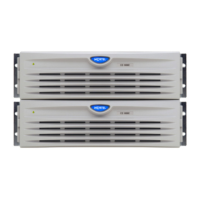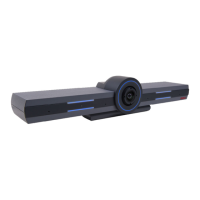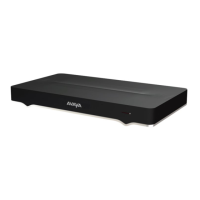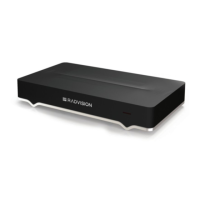Note:
The following hardware is referred to generically as Media Gateway:
• Option 11C Mini Chassis (NTDK91) and Expander chassis (NTDK92) -
legacy hardware
• Option 11C Cabinet (NTAK11) - legacy hardware
• MG 1000E Chassis (NTDU14)
• Expander chassis (NTDU15) is not supported
• Large System Universal Equipment Module (UEM) with Media Gateway
Extended Peripheral Equipment Controller (MG XPEC) card (NTDW20) is
not supported
The following rules apply when selecting the card slots:
MISPs
• MISPs are inserted into the Core/Network Module for Large Systems (Multi Group). Refer
to the LD 22 printout to identify modules with unused network card slots and to
Table 1:
ISDN BRI card location on page 16 for the card slots in these modules that can house
MISPs.
• An MISP cannot share network loop addresses with a Superloop Network Card in the
Large Systems. The MISP requires two network loop addresses and one network card
slot.
• An MISP supports a maximum of 8 BRSCs and two line cards.
• An MISP supports a set of 4 SILCs or UILCs when not supporting a BRSC.
• An MISP can support both BRSCs and SILCs or UILCs at the same time. If it serves one
BRSC, an MISP can also support three line cards. If it supports two or more BRSCs, an
MISP can also support two line cards.
BRSCs
• Install one BRSC for each IPE module.
• With a BRSC configured, an IPE module can support a maximum of 15 line cards. These
can be up to eight UILCs combined with any other seven peripheral cards (including
SILCs), or up to 15 SILCs.
MISPs
ISDN Basic Rate Interface Installation and Commissioning March 2011 17

